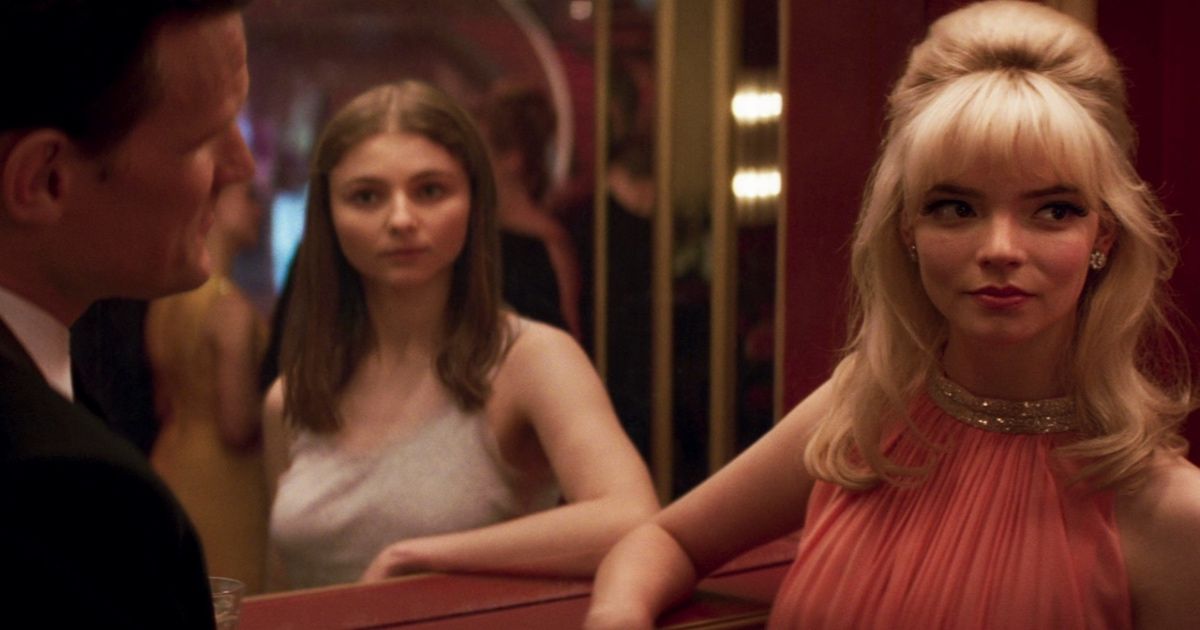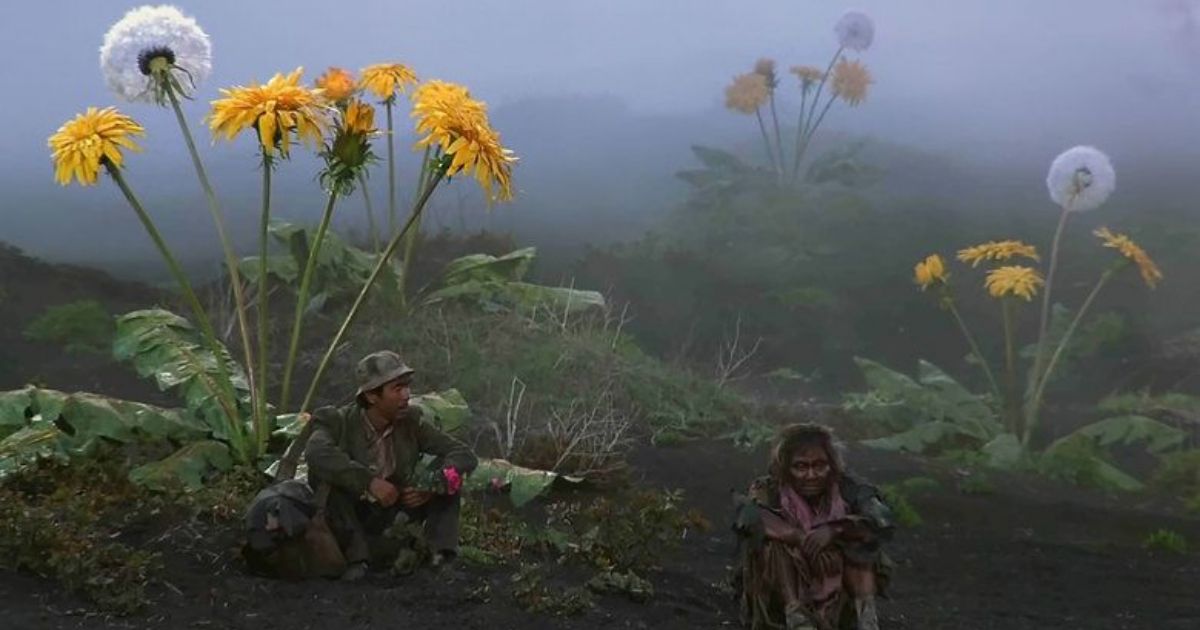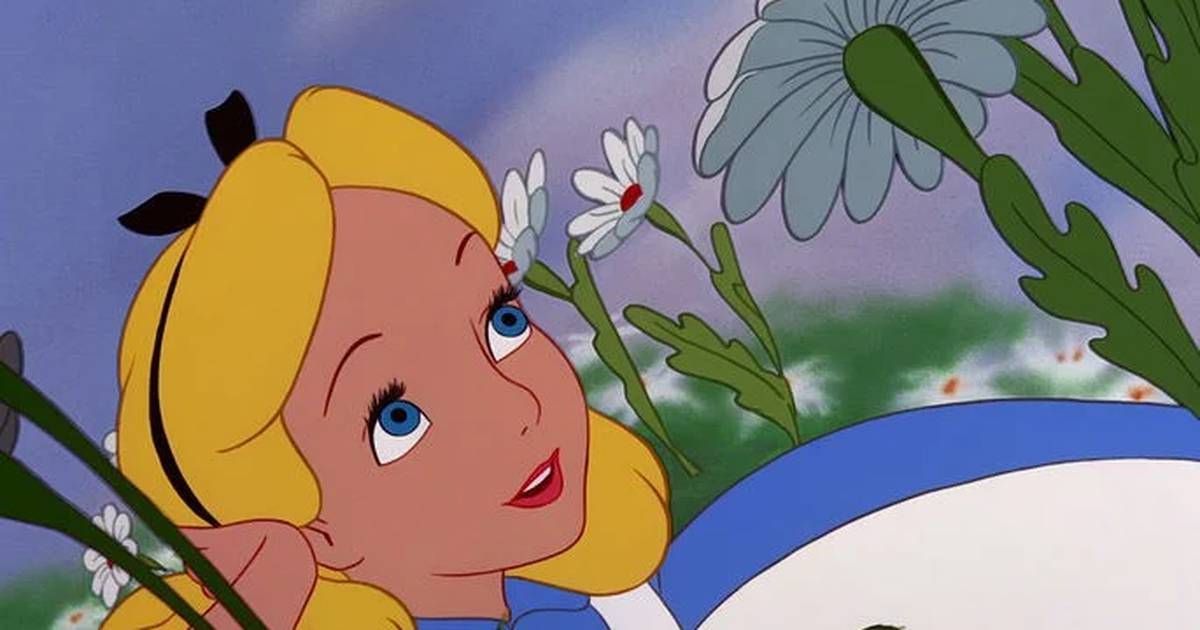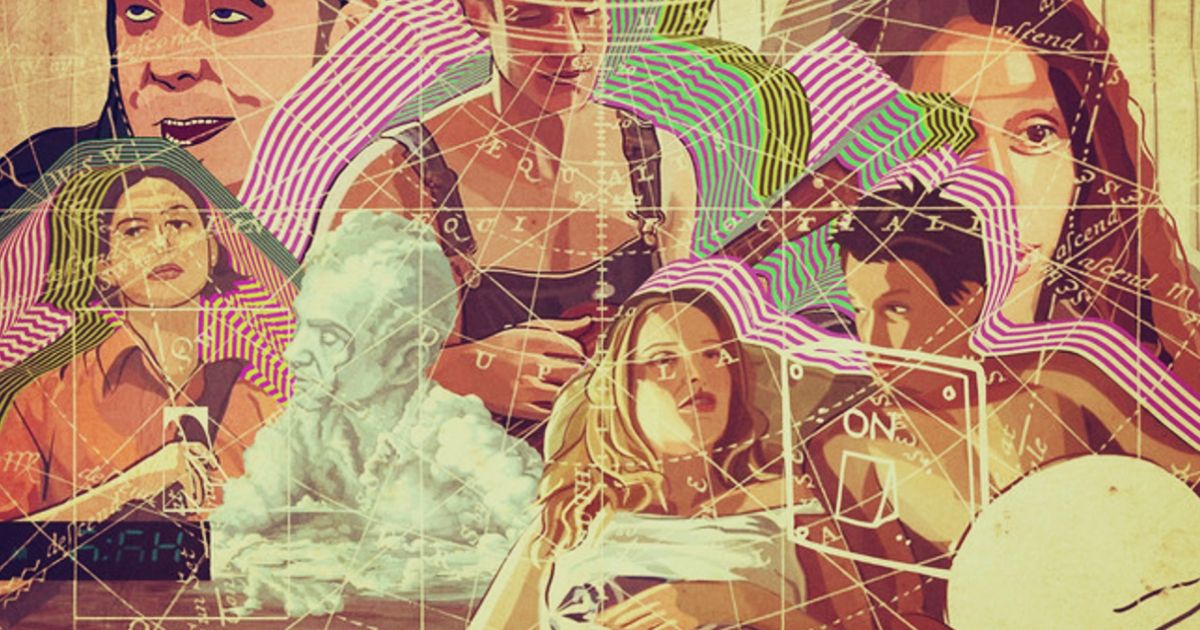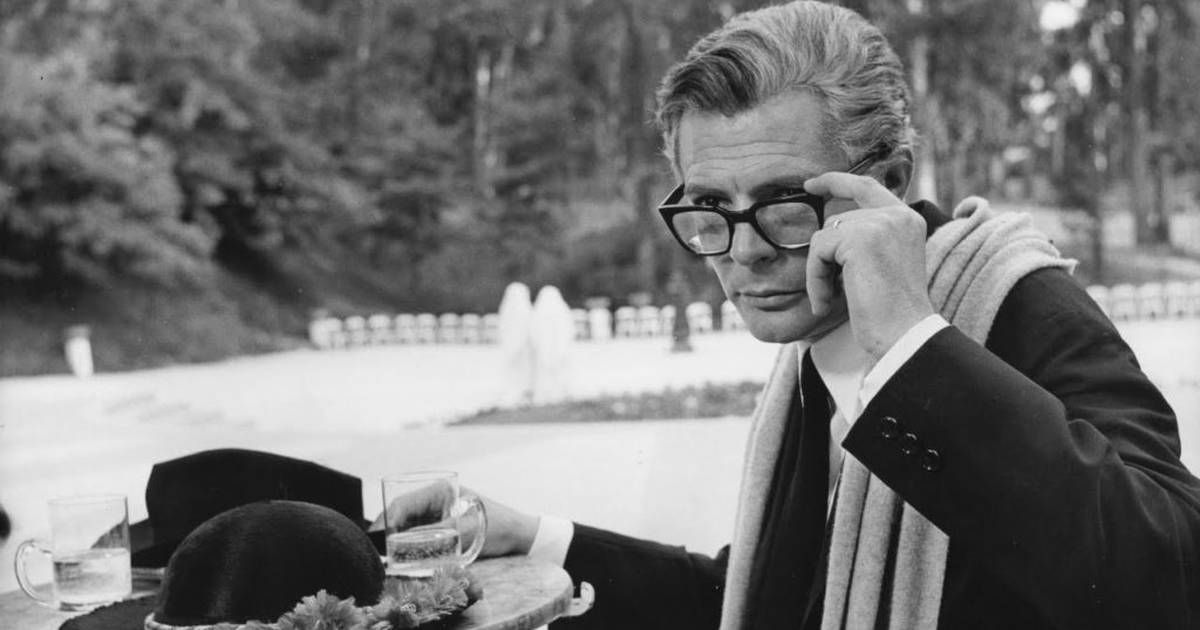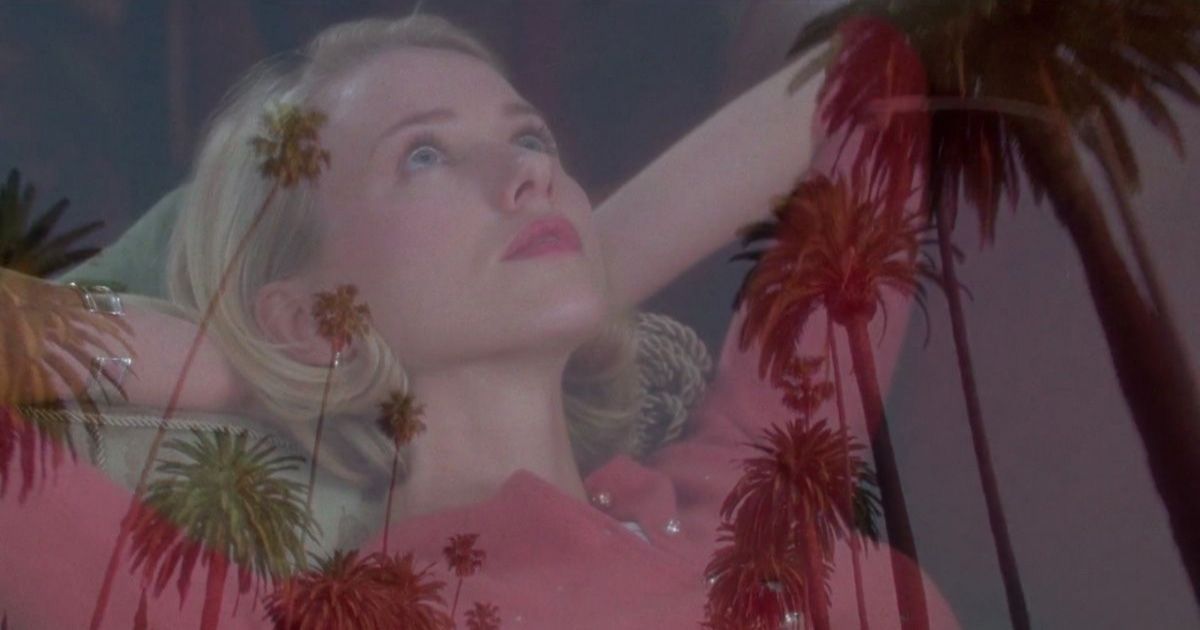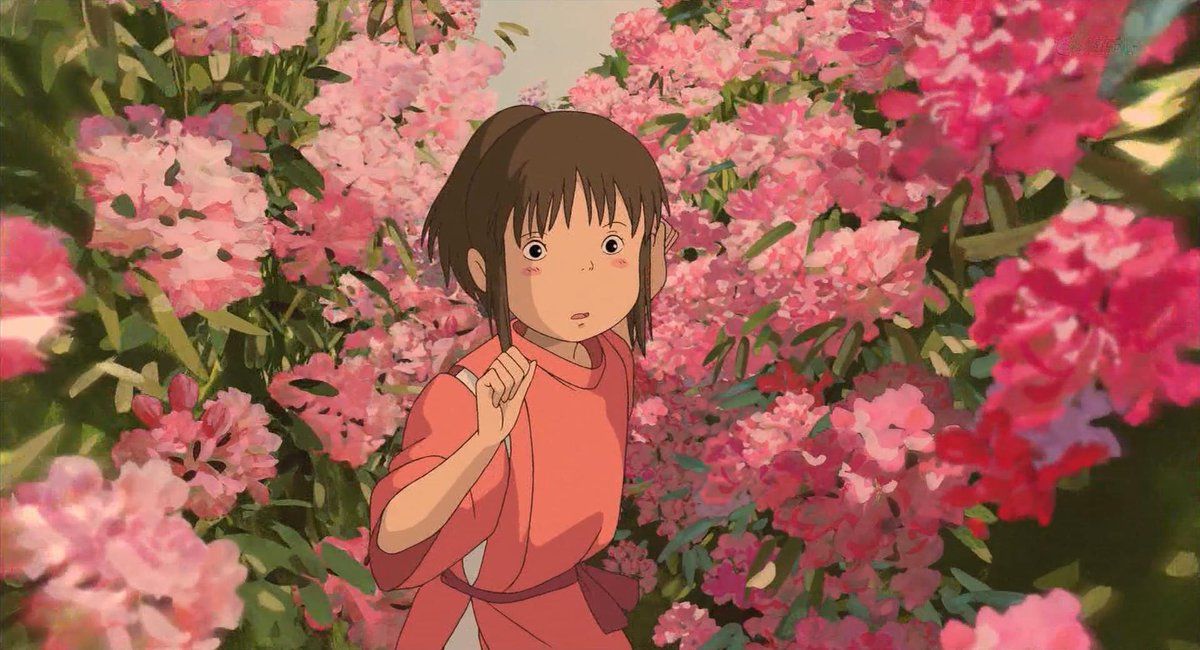Dreams and their true nature have always intrigued humanity, from the ancient Israelites to Freud and Lacan. Because of how particular they can be to each person and what they can represent, dreams are very personal things. There is no way of truly describing a dream or even the terror you felt while experiencing a nightmare. This, combined with their volatile nature (often forgotten the second you wake up), makes for an interesting and complex subject.
Cinema has always tried to understand and explore subjects that people can relate to, and dreams are no different. The subject has been a part of cinema history for a very long time, going back to the 1940s in Dead of Night. Also, there have been a few filmmakers that became known for exploring dreams and nightmares, such as Italian director Federico Fellini or the great Luis Buñuel. But dreams are so different from everything else that they can be a part of any genre of movie, leading to one of the biggest horror franchises ever made, Nightmare on Elm Street, along with other great horror movies like Jacob's Ladder, The Cell, or In Dreams.
Dreams can be explored in multiple ways. They can be an integral part of the characters or a very important plot element. Either way, there have been countless great movies that use dreams (and nightmares) in significant ways, and these are some of the best.
Last Night in Soho
A more horror-oriented movie that deals with the realm of dreams and how they can affect reality, Last Night in Soho shows dreams in a different light. When nightmares begin to have consequences in real life, the protagonist starts to lose track of what is real and what is not. This dark approach is done originally and creates a favorable atmosphere to dream — or have nightmares.
Eloise (Thomasin McKenzie) lived in the countryside for her whole life, but now moves to London to study fashion. After moving out of the students' building, she finds a nice attic in the middle of Soho. There, her dreams in which she's a gorgeous 1960s woman (Anya Taylor-Joy) start to take form and blend into reality, until they dictate it.
The Wizard of Oz
The nature of Oz differs from the 1939 musical version and the novels. In the musical version of The WIzard of Oz, Oz was a dream, but in the books, it was a hidden fairy-tale type of place. But, focusing on the movie that made cinema history for various reasons, the way people from Dorothy's reality are transported into her dream and how she deals with them is really special. The sepia-colored real world compared to Oz's colorful landscapes is a beautiful representation of dreams and their possibilities, and some are not so pleasant. It's obviously an iconic film with a whole library of analyses and histories, and remains one of the best movies about dreaming.
Akira Kurosawa’s Dreams
The renowned Akira Kurosawa movie Dreams deals with the unpredictability and unclear nature of dreams, an anthology movie that explores dream-like scenarios and philosophical concepts in a short-story format. The varied vignettes range from cold, mountainous nightmares to gorgeous painterly meditations on the visual arts. One of the very last films before his death, Kurosawa's Dreams takes his own personal headspace and transports it into the world of cinema perfect. It's a surrealist, artistic film without any overarching narrative, just like a dream.
Alice in Wonderland
Alice in Wonderland feels like a dream from beginning to end, as a young girl decides to follow a rabbit and ends up falling into a rabbit hole, through which she is transported to a fantastical world that she never knew existed. The imagery of Wonderland, the Queen of Hearts and her subjects, the talking flowers, the Mad Hatter, and getting bigger and smaller by drinking or eating something is so particular to this story and so utterly dreamlike, and one of the reasons why it became so loved around the world.
Inception
The Christopher Nolan movie Inception is a great example of how dreams can become a playground for literally any genre. In an action-thriller where the dreams become an almost alternative reality where people can meet (and shoot each other), it is really hard to lose the sense of where you are — for the audience and the characters. But this is one of the elements that makes the movie so great and dizzying. Cob (Leonardo DiCaprio) is a thief who uses dream-sharing technology to steal corporate secrets. He is hired to plant an idea into a CEO's mind, but nothing is as easy as it seems. His past will start to haunt him as the realm of dreams transports itself into reality and the line between the two becomes blurred.
Waking Life
Few movies are so explicitly about dreams as Richard Linklater's film Waking Life, a rotoscoped masterpiece about someone who can't wake up. Every time he wakes from a dream, he finds himself in another one, always uncertain whether he's in reality or not, an idea that felt extremely fresh and fascinating in 2001. "Dream is destiny," one character says, and as the protagonist wanders through the dreams of others and various scenarios with philosophers, artists, and outsiders, the audience can't disagree.
8 ½
One of Fellini's most well-known films, 8 ½ deals with dreams and the search for inspiration. This movie has not only one but two of the most iconic dream sequences in cinema history. The characterization and weird scenarios seem like a dream on their own, as the film follows a movie director who is desperate for new ideas. He decides to go within and search for ideas and inspiration from his dreams and memories.
Mulholland Drive
David Lynch is one of the best directors who are known for creating dream-type stories. Mulholland Drive is no different, and it uses dreams as a way to tell a dramatic and allegorical story about two women who try to figure out one of their identities after a car crash left her an amnesiac. The film explores nightmares and the feeling of being trapped in a reality you don't have control of, even if it's a disturbing creation of your own mind.
Spirited Away
Spirited Away comes from the critically acclaimed and fan-favorite Studio Ghibli. Hayao Miyazaki didn't have a structured screenplay while making the movie, but instead observed the people and children around him. He decided what happened in the narrative while doing it, very similar to a dream: you never know what will happen. It is never explicitly said that her journey was a dream, but the feeling that lingers with the audience is that of a dream state, a mysterious, sometimes beautiful, sometimes scary, but utterly magical world. The film follows a ten-year-old girl as she moves to the suburbs with her family, only to get lost in a world ruled by witches and spirits. It's a modern-day Alice in Wonderland, perfectly animated and brilliantly depicted.

.jpg)
